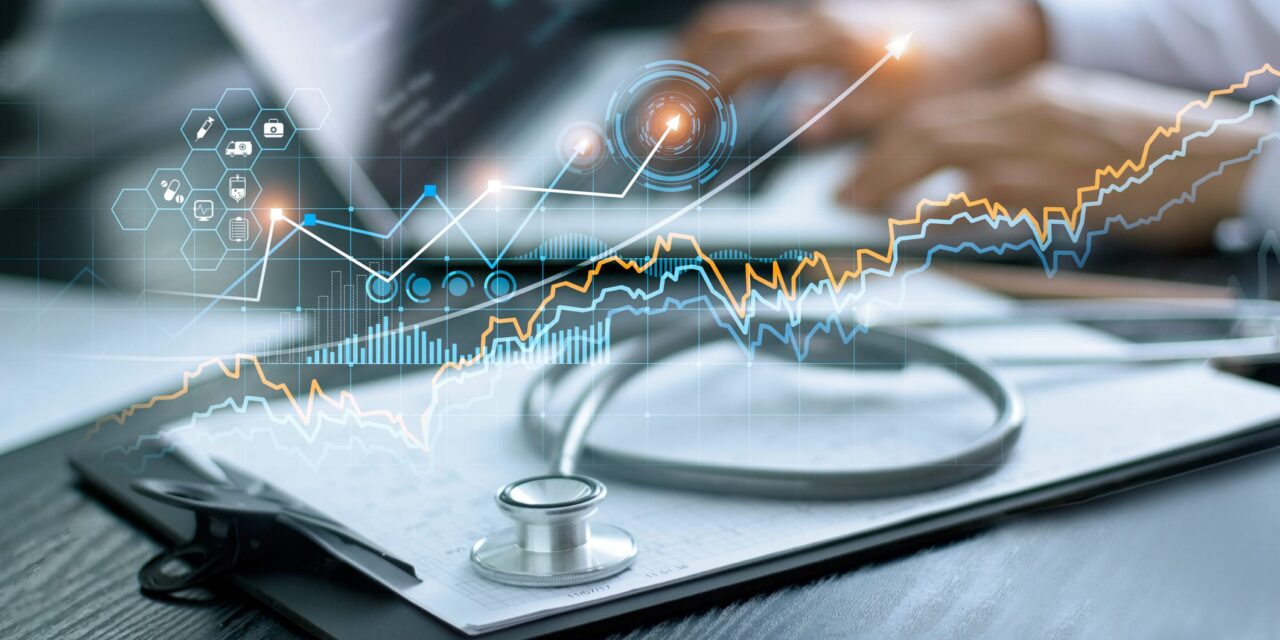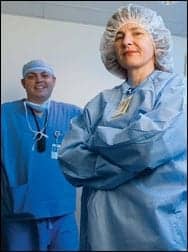A clinical asset management report reveals mounting pressures—and strategic opportunities—in managing technology across US health systems.
TRIMEDX has released its 2025 industry report on clinical asset management, offering a look at how healthcare leaders are responding to mounting pressures around emerging technologies, regulatory uncertainty, and strained capital budgets.
The report draws from conversations with executives across hospitals and health systems, focusing on central issues: the integration of generative AI, growing advocacy for Right to Repair legislation, persistent cybersecurity threats, challenges in clinical engineering and IT alignment, and the need for more strategic capital planning.
Key findings from the report include:
- Generative AI is poised to automate labor-intensive tasks, improve clinical decision-making, and unlock vast volumes of underutilized healthcare data.
- Cybersecurity is increasingly viewed as an enterprise-wide risk, demanding stronger segmentation, regulatory preparedness, and collaboration with federal agencies.
- Right to Repair legislation continues to gain momentum, with industry advocates highlighting the importance of cost-effective, high-quality service options for medical equipment.
- Capital planning and aging equipment remain ongoing concerns, prompting calls for data-driven asset management to maximize limited budgets.
- Clinical engineering and IT integration is seen as essential, yet fraught with organizational challenges as leaders debate structure, accountability, and alignment.
Artificial Intelligence
“The speed of development is both impressive and concerning,” says Kristi McDermott, TRIMEDX chief operating officer, in the report, referring to the rapid advancement of generative AI. While executives see promise in AI for improving productivity and unlocking underutilized healthcare data, they warned that cultural resistance, regulatory hurdles, and a lack of infrastructure could hinder implementation. “The industry is still grappling with foundational challenges and simply isn’t yet equipped to fully integrate generative AI and other evolving modalities at this scale,” McDermott says in the report.
AI was described by Eric Larsen, president emeritus of The Advisory Board and president of TowerBrook Advisors, as an opportunity to build “medical superintelligence”—a system integrating clinical, behavioral, and social data to drive personalized care. But the report cautions that realizing this vision will require stronger leadership, clearer governance, and strategic partnerships.
Right to Repair Legislation
The report also highlights momentum behind Right to Repair legislation. Tim McGeath, a senior consultant at TRIMEDX, pointed to long-standing advocacy efforts aimed at leveling the playing field for independent service organizations. Citing data presented to Congress, McGeath emphasized that non-OEM service providers can match manufacturer performance, supporting both quality care and cost control.
Cybersecurity: A Growing Concern
Cybersecurity, meanwhile, was identified as a persistent and growing concern. Executives warned that poor segmentation and outdated systems leave hospitals vulnerable. “[Health systems are] really bad at segmentation. It’s a basic cybersecurity control, and yet health care is failing at it,” a senior director of information security is quoted as saying in the report. Federal advisors who joined the discussion urged hospitals to treat cyber-risk as an enterprise issue, not an IT silo.
Other HTM-Central Themes
Other major themes included the ongoing debate over where clinical engineering should reside—under IT, operations, or independently. While some favored tighter alignment with cybersecurity efforts, others stressed the need for on-the-ground support that centralized IT departments may not provide.
Capital planning was also top of mind. “There’s always going to be more demand than dollars,” says Ted Dunham, TRIMEDX chief commercial officer, in the report. Executives underscored the value of data-driven asset management in extending equipment life and supporting more informed investment decisions.
To help address some of these challenges, TRIMEDX previewed updates to its technology roadmap, including expanded mobile app capabilities, rental equipment tracking, a real-time location system called GeoSense, and predictive maintenance tools. These technologies are intended to improve asset utilization, reduce downtime, and bolster cybersecurity.
File ID 179931128 | © Pop Nukoonrat | Dreamstime.com





